

Auckland War Memorial Museum Te Ao Mārama

Auckland War Memorial Museum Te Ao Mārama
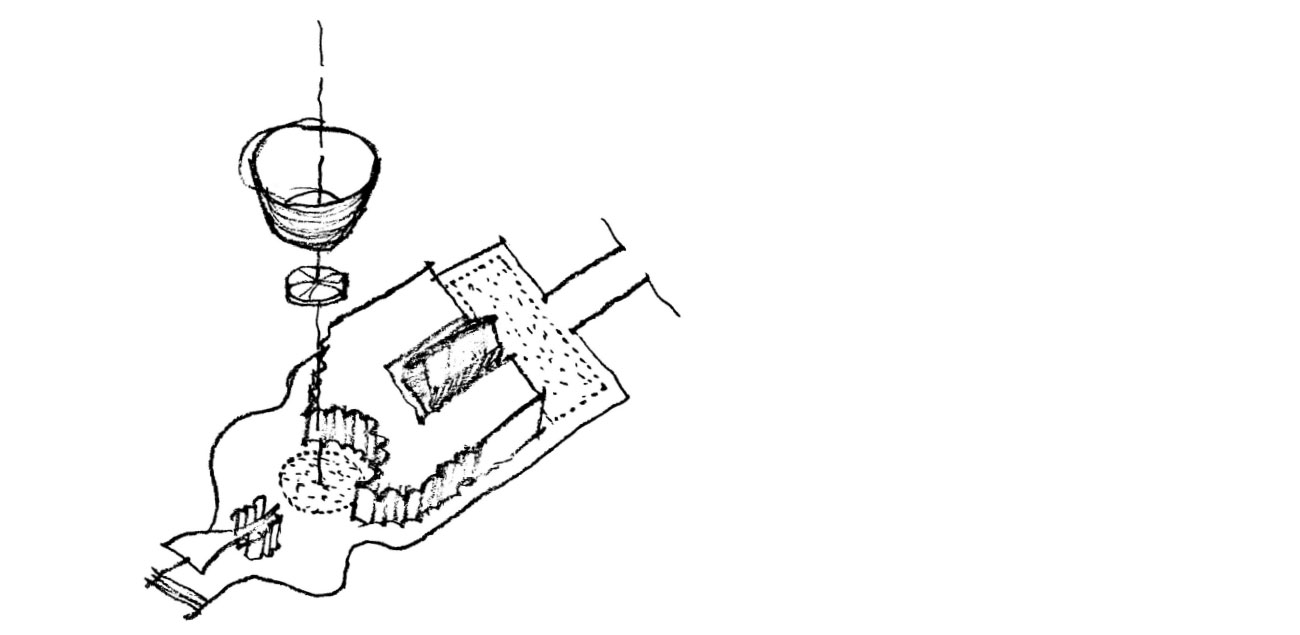
This is also true of the built landscape of our architecture. It acquires meaning through the events and intention of its making, the life and ceremony it has hosted and its relationship to the landscape. This is not a fixed system of meaning but one in constant evolution and change in relation to our changing values and events of our lives, the breakthroughs and setbacks, the pain and the happiness.
The War Memorial carefully sighted on Pukekawa, the rise of the Domain hill parkland and born out of the tragedy and sacrifice of war is full of meaning, it’s Doric colonnade looking back over Court of Honour and Cenotaph to Waitemata Harbour and columnar great hall and rooms of remembrance eternally embodying our loss. Likewise the Museum is distilled with a clarity of meaning from the intention of its makers through to the continuous ceremony and events that have deepened and extended this meaning from one generation to another.
The exhibition spaces and rooms of the Museum held the precious artefacts, taonga and mana of our culture displaying back to us like a series of mirrors our heritage and identity. Given the neoclassical and colonial architectural representation of the 1929 museum the most significant space is surely the He Taonga Mãori (Mãori Court) where Hotunui, Te Oh, Te Puawal o the Arawa and Te Rangitakaroro are held in a colonial skylit frame. The Museum extended in both memorial and museum in 1960 continued this order and representation. But a third extension in 2006 directed by Noel Lane promised something more. A copper dome floating over the D-shaped courtyard and within it a mysterious bowl shape of Fijian Kauri was suspended.
We did not see our role and work as one of design invention or imposition but as a project of uncovering and discovery of both form and meaning that was already there, latent in the design fabric and lives of the museum. Ours was a project of slow respectful and patience transformation to reveal, distill, deepen, enhance and connect. It has been a project underpinned by a sincere and open consultation, collaboration and engagement of conversations and ceremony, of tears and laughter.
The bowl became Tanoa, its sense of suspension and mystery restored and enhanced. And held below the glowing underside of the bowl a new honorific space of refection, gathering, conversation and ceremony has been created.
New gently curved gallery pathways of profiled timber nautilus shell-like forms join the transformed Te Ao Marama Southern Atrium with the He Taonga Mãori, bringing orientation and interconnection to both the museum and memorial.
A new sense of entrance threshold and dignity of arrival into the Te Ao Marama is orchestrated through operable and beautifully carved timber screens. And significantly the spatial hierarchy of the Museum has been adjusted.
The meaning of the transformations begun in 2006 has been reinterpreted, clarified deepened and extended both in form and through the process of engagement and making. But now the design and construction are complete, it will be through the ceremonies and events that the cultural meaning and spirit will be truely embed and embodied in the architecture.
Integrated Cultural Artworks
‘Te Tatau Katiaki’ Digital Carving by Graham Tipene (Ngāti Whātua, Ngāti Hine, Ngāti Manu, Ngāti Kahu, Ngāti Haua)
‘Wāhi Whakanoa’ Sculptures Hine-pū-te-hue and Rongomātāne by Chris Bailey (Ngāti Paoa, Ngāti Hako, Ngāti Porou, Te Aupouri)
‘Manulua’ Sculptures by Sopolemalama Filipe Tohi

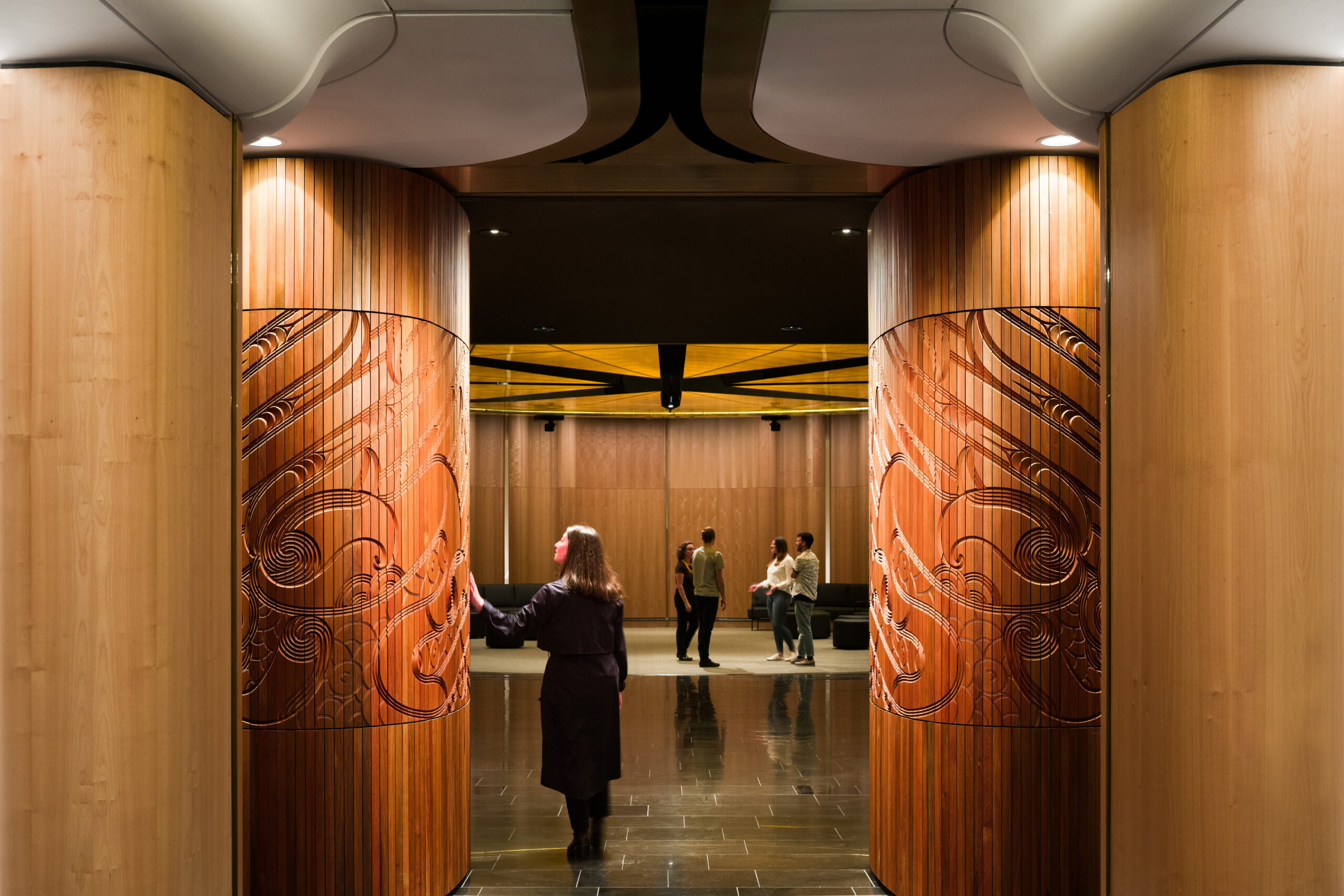
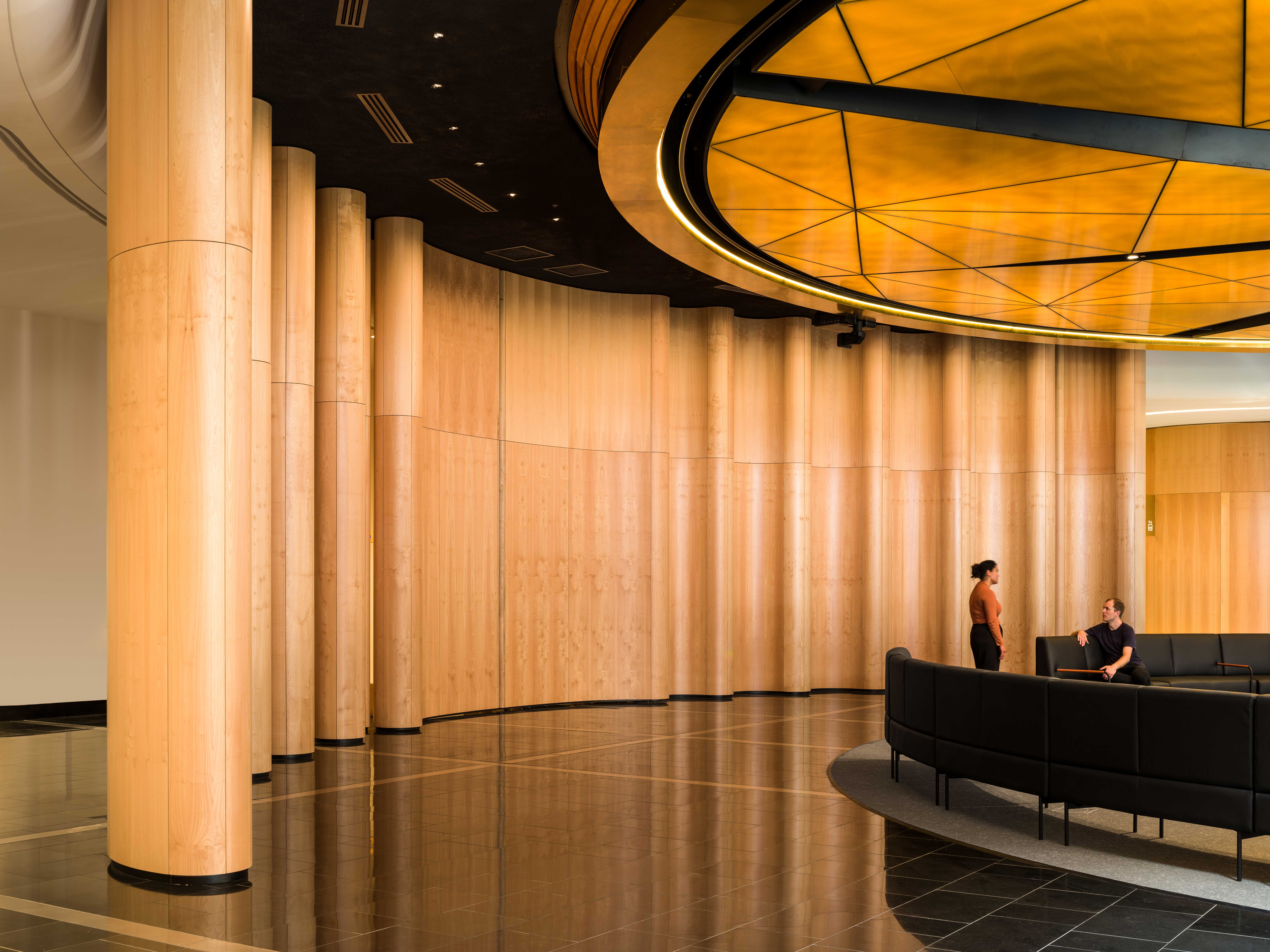
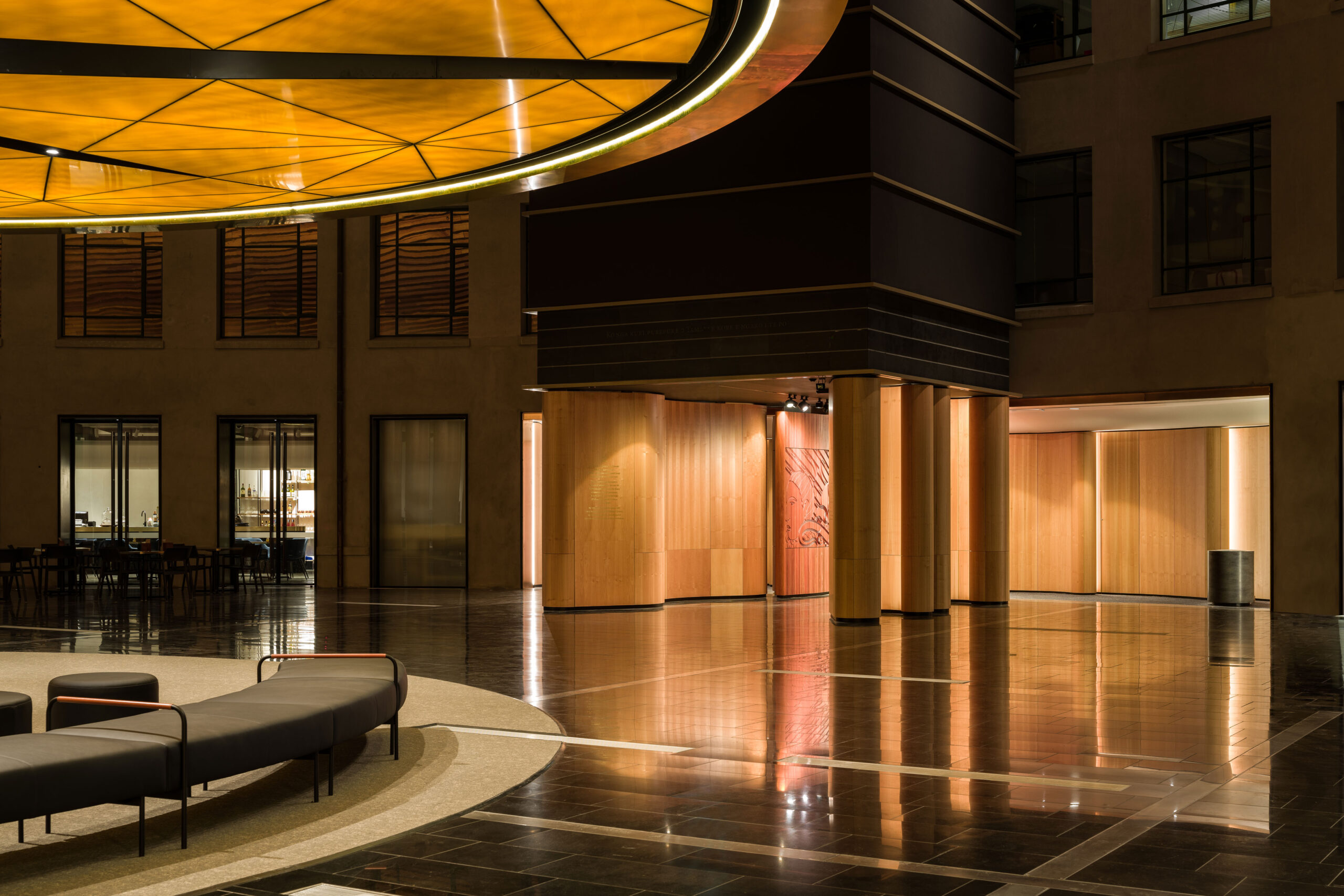

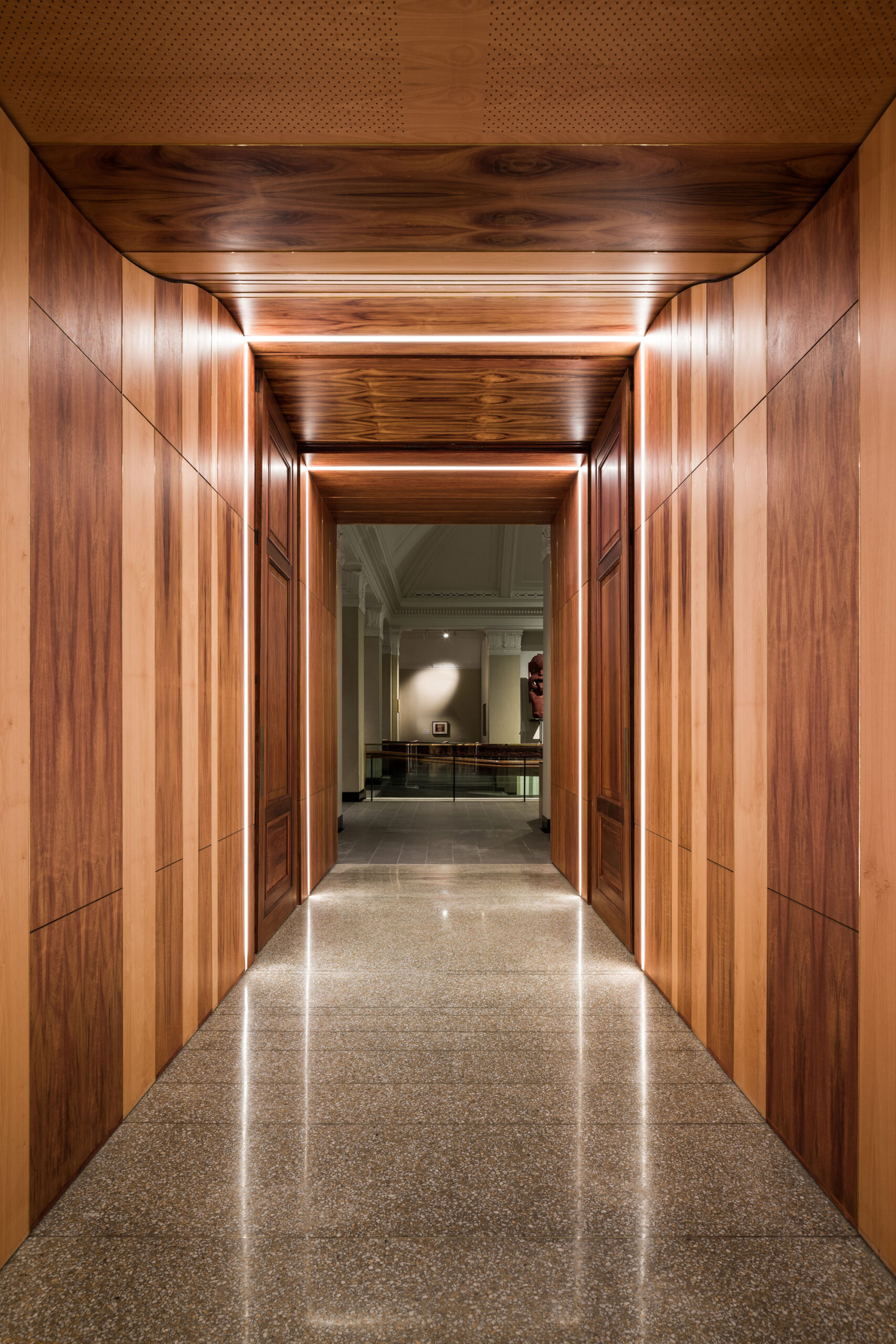
fjcstudio acknowledges all Aboriginal and Torres Strait Islander peoples, the Traditional Custodians of the lands on which we work.
We recognise their continuing connection to Country and pay our respects to Elders past, present and emerging.
We extend this acknowledgement to Indigenous People globally, recognising their human rights and freedoms as articulated in the United Nations Declaration on the Rights of Indigenous Peoples.



